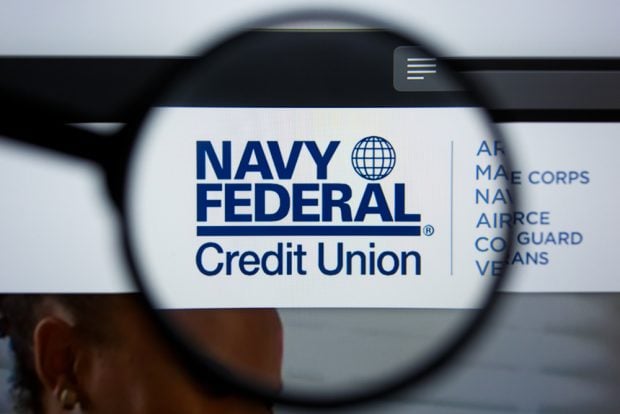DALLAS – Twenty credit union executives from Brazil stopped here recently to gather and share information in the U.S. on the middle segment of a three-country tour of the credit union system in August. The group also visited Mexico and Canada. The objective of their U.S. journey was to learn more about what U.S. credit unions are doing to build a strong and successful movement in this country. “The annual tour is an incentive for credit unions in Brazil,” said WOCCU's Victor Corro, who coordinated the trip. “They go and view institutions firsthand and take new ideas from them. They were particularly interested in the new product and investment information they received, and very grateful for the credit unions giving of their time.” The group's first stop was to the Texas Credit Union League office where they were given an overview of the U.S. movement and TCUL's role in the movement. The group also shared information on their organization. The Brazilian credit union movement started in the early 1900s. Today, there are 1,400 credit unions in Brazil and the majority of them belong to one of three systems. The Sicredi group, the one visiting the U.S., was established 20 years ago. Sicredi is concentrated in the Southern and Midwestern parts of the country and has 129 credit unions affiliates serving 700,000 members. Representatives from Sicredi said the movement has faced challenges in the past, but legislative and regulatory changes have enabled credit unions to operate more freely and with fewer restrictions. As a result, they've achieved significant growth. “Although differences exist, our systems are similar in many ways,” said Vladimir Andrade Duarte, Executive Director for Sicredi. For example, the Sicredi system is more centralized than in the U.S. They have standardized marketing, which all 129 of Sicredi's credit unions adhere to, and unlike in America, credit unions in each respective system do not compete against one another. They are each assigned a specific region. There is, however, cross-system competition among credit unions. “Our system is very good in Brazil,” Duarte continued, “but we would like to learn what others are doing. The purpose of our visit is to learn and when we go back, we will make a report about the trip and present it to the Sicredi Board of Directors. We will analyze and verify how we can improve our system.” The group also visited Southwest Corporate FCU and three individual credit unions. Hosts here shared what interested the Brazilians most: “The Brazilian visitors were friendly and inquisitive,” said Jim Fry, American Airlines Federal Credit Union. “They were interested in our computer system and what steps we have taken to help ensure member privacy and safety. One interesting topic that surfaced concerned hiring practices. In Brazil, employers can request certain age ranges or genders for a particular position. “They also expressed interest in who governs the credit union,” Fry added, “asking many questions about our Board of Directors, such as how they are chosen, and how we solicit the election.” At New Mount Zion Baptist Church Credit Union, the visitors took lots of pictures according to a credit union spokesperson, as they had never before seen a credit union located inside a church. Community involvement was the suggested topic at Neighborhood Credit Union. Mark Arnold shared how the credit union serves the communities around each of its branches, detailing programs such as its block parties, poster contests, Children's Miracle Network fundraising efforts and minority education initiative. “Although we were talking about community involvment, most of their questions were on operational issues,” Arnold said. “They wanted to know more about our organizational chart – our structure, branches, and employees. “All in all, it's positive to gain a worldwide perspective. The credit union movement is not just about savings and loans. It's about touching people. Both countries are committed to that common goal,” he said. -
© Touchpoint Markets, All Rights Reserved. Request academic re-use from www.copyright.com. All other uses, submit a request to [email protected]. For more inforrmation visit Asset & Logo Licensing.






